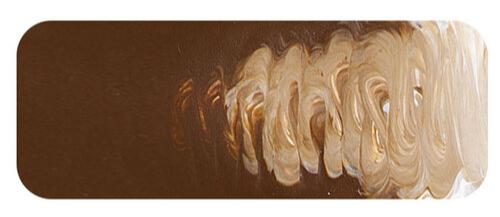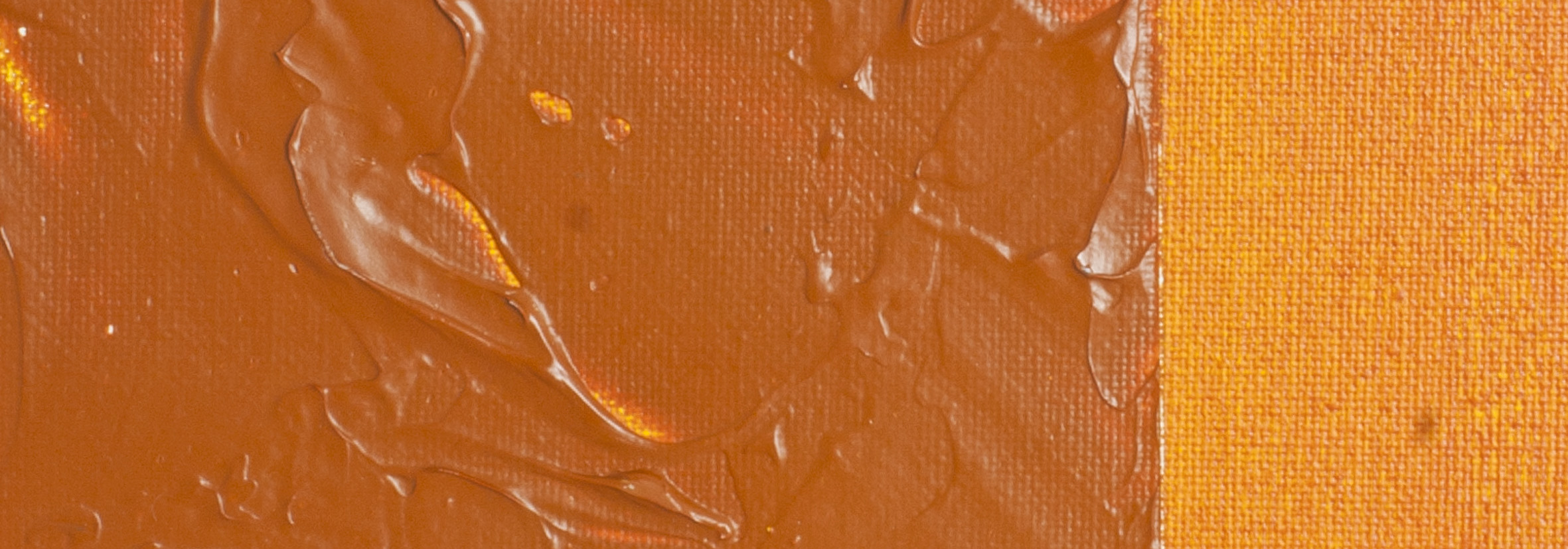Raw Umber | Matisse Acrylic Paint
Chemical Description: Natural iron oxide containing manganese
Pigment Number: PBr7
Lightfastness Rating: ASTM I
Pigment Opacity: Semi-transparent
Paint Opacity: Semi-transparent
Series 1

Raw Umber | Matisse Acrylic Paint
Origins in Umbria, Italy
Raw Umber traces its roots to the Latin term "Umbra," meaning shadow, and takes its name from the Umbria region in the central mountains of Italy. Although widely available globally, Cyprus stands out as a crucial source for top-notch pigments favoured by artists. Renowned for its unique blend of yellow oxides and manganese oxides, Cyprus' Raw Umber offers a delightful greenish tone, earning it the nickname "Turkish" in the pigment industry.
Cyprus: A Palette of Quality Pigments
Cyprus, historically associated with rich and exotic colours, holds the spotlight for producing the best umber. Artists appreciate the distinctive hue resulting from the harmonious mixture of yellow and manganese oxides. While Raw Umber serves artists seeking cool dark browns, a substantial portion is directed towards the production of Burnt Umber.
The Chemistry of Umber
The deep brown shades of Raw and Burnt Umber originate from red iron oxide and manganese oxides impurities. It is the manganese content that imparts the rich, dark brown colour. Though absent in the oldest cave paintings in Australia and Africa, Raw Umber emerges prominently in the early cave art of France, spanning over 20,000 years.
Lascaux Cave Paintings: A Glimpse into History
The iconic bison and horses at Lascaux, approximately 16,000 years old, showcase the skilled use of Raw Umber alongside Red Oxide. The natural tones of Raw Umber contribute to the lifelike portrayal of these animals, marking a departure from the more schematic representations found in ancient cave art.
Artistic Evolution and Cultural Influence
Post-Renaissance, art experienced a "brown" phase, witnessing a surge in the use of Raw Umber. The Impressionist era played a pivotal role in stabilizing its usage to current levels. Today, Raw Umber, along with Raw Sienna, stands as one of the last two natural earth colours from ancient times, resisting replacement by synthetic alternatives.
Versatility in Modern Art
Dark browns, reminiscent of nature's shadows, find their artistic expression through Raw Umber. Whether crafting cool tones or mixing with various pigments, Raw Umber's versatility shines. It blends seamlessly with Phthalo Green for a Hookers Green hue, pairs gracefully with transparent crimson colours for deep burgundy shades, and, when combined with Southern Ocean Blue or Yellow Oxide, opens up a spectrum of browns suitable for landscape painting.
In conclusion, Raw Umber's journey from ancient cave art to contemporary palettes underscores its enduring significance and timeless appeal in the vibrant world of art.
Safety Data Sheet for Matisse Raw umber (SDS)
To view or download a copy of Raw umber SDS, please CLICK HERE * (271kb)
*The above link will open an external Dropbox window

To install this Web App in your iPhone/iPad press ![]() and then Add to Home Screen.
and then Add to Home Screen.

